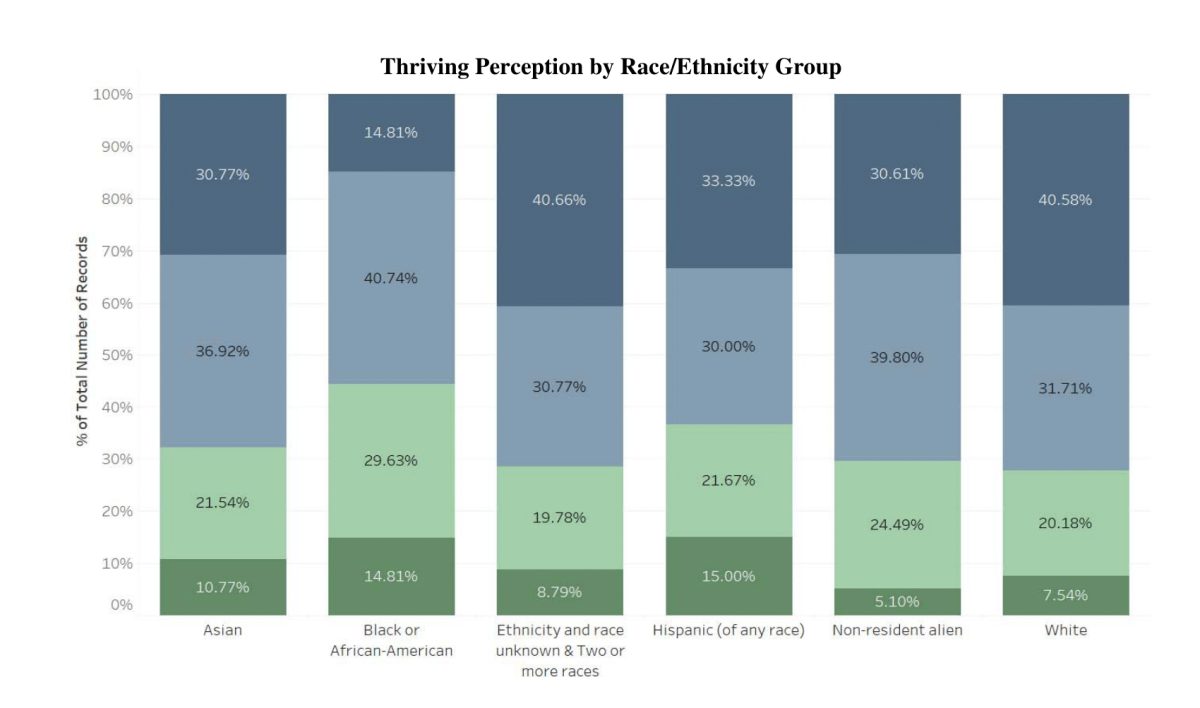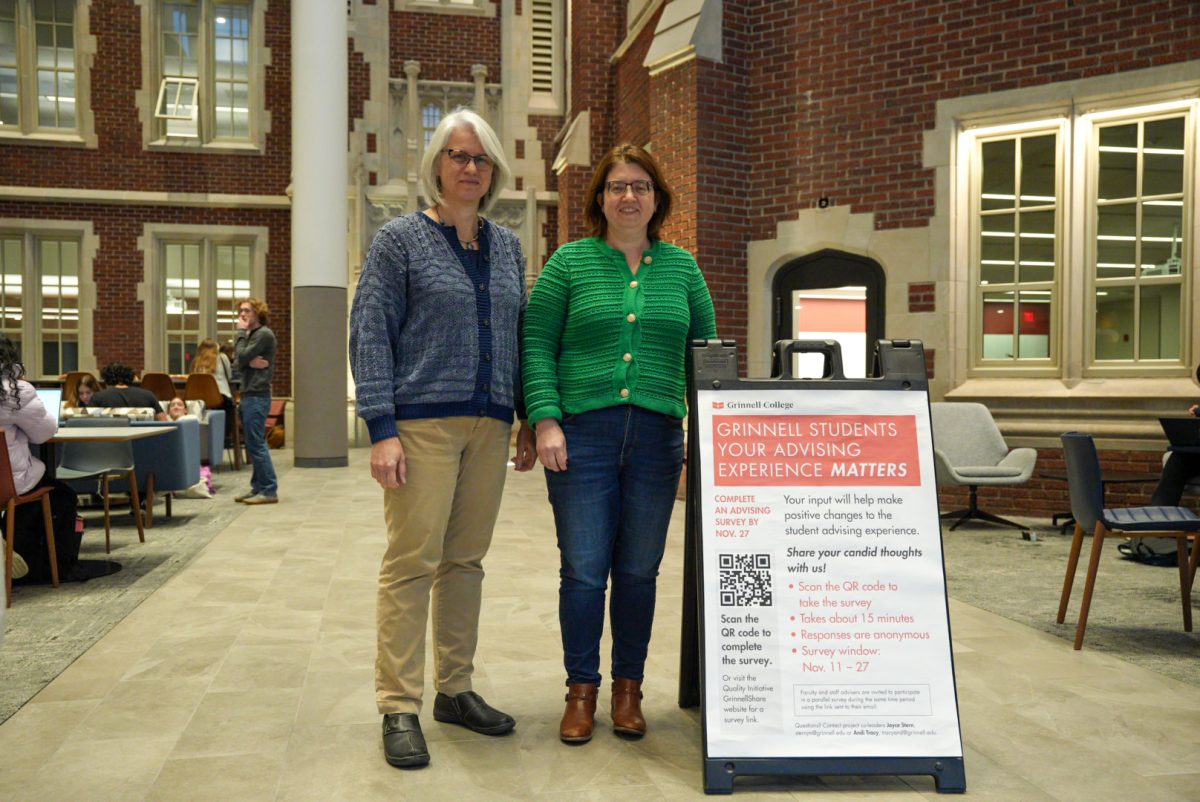By Marysia Ciupka
ciupkama@grinnell.edu
On Sept. 12, a Special Campus Memo informed students of President Kington’s approval of the latest Grinnell Diversity and Inclusion Plan. According to the Memo, the goal of that plan is to provide “strategic recommendations on how to develop and sustain a diverse and inclusive campus community,” according to the Plan. The Council on Diversity and Inclusion under the leadership of Chief Diversity Officer Lakesia Johnson and Director of Intercultural Affairs Maure Smith-Benanti submitted the plan in consultation with students, faculty and staff.
The plan has more than 70 recommendations that, according to Leslie Gregg-Jolly, the interim chief diversity officer for 2018-2019, “infiltrate every area of the college.”
“There’s so many things we are going to do!” said Smith-Benanti when asked about the changes that the plan attempts to introduce in both academic and residential life at the college. “Gender neutral bathrooms is something that you will see this year.”
Other improvements relate to the College’s name-in-use policy, as well as physical alterations to the College’s facilities to best accommodate people with physical disabilities.
Promises made by the Diversity and Inclusion Plan intend to respond to some long-standing student body demands, an example of which is the provision of improved mental health services. “There are things that are being restructured for mental health and SHACS. That’s been a challenge for years,” Gregg-Jolly said.
Gregg-Jolly believes that “inclusive practices in the classroom are really critical.” To support students’ learning experiences, she is preparing faculty workshops on inclusive classroom practices.
Additionally, “the Faculty Organizational Committee … are looking at having the [Council for Diversity and Inclusion] be a regular on-going committee, that will also help keep [the plan] a living thing,” Gregg-Jolie said. Part of Gregg-Jolly’s job this year includes “identifying metrics to look at and track,” which will help evaluate the process of the plan’s implementation. Senior staff at the College will create reports on its progress by being required to address a prompt related to diversity and inclusion efforts.
Another crucial matter that the plan addresses is diversity of faculty and staff. “Diversity of our faculty is something that we are paying attention to and would like to increase as well as support the diverse faculty that we have here,” Gregg-Jolie said.
Her view is echoed in Human Resources’ recent hire of Marc Reed in the role of its first diversity recruiting manager. When asked about the specificities of his job, Reed said that it is related to “ensuring hiring practices at Grinnell College promote individual differences that are respected in the workplace” within the areas of “talent acquisition and retention for staff positions.”
Smith-Benanti believes that students can contribute to promoting diversity and inclusion not only through participation of the Council on Diversity and Inclusion, or participating in the student government, but through their everyday actions. Her first piece of advice to the members of Grinnell community: “try to respect and understand people who are different from yourself.”
Smith-Benanti points out, at Grinnell “sometimes we forget to engage with difference in positive, healthy, constructive ways.”
Smith-Benanti also urges students “[to] have a conversation with someone whose political beliefs seem to be different than yours. I think that for people who experienced injustice … having an event and then having a small audience around diversity and inclusion … can feel discouraging. If something horrible happens, lots of people show up. I think proactively providing support to [prevent things from happening] is a more effective way of promoting diversity efforts and inclusion.”





















































